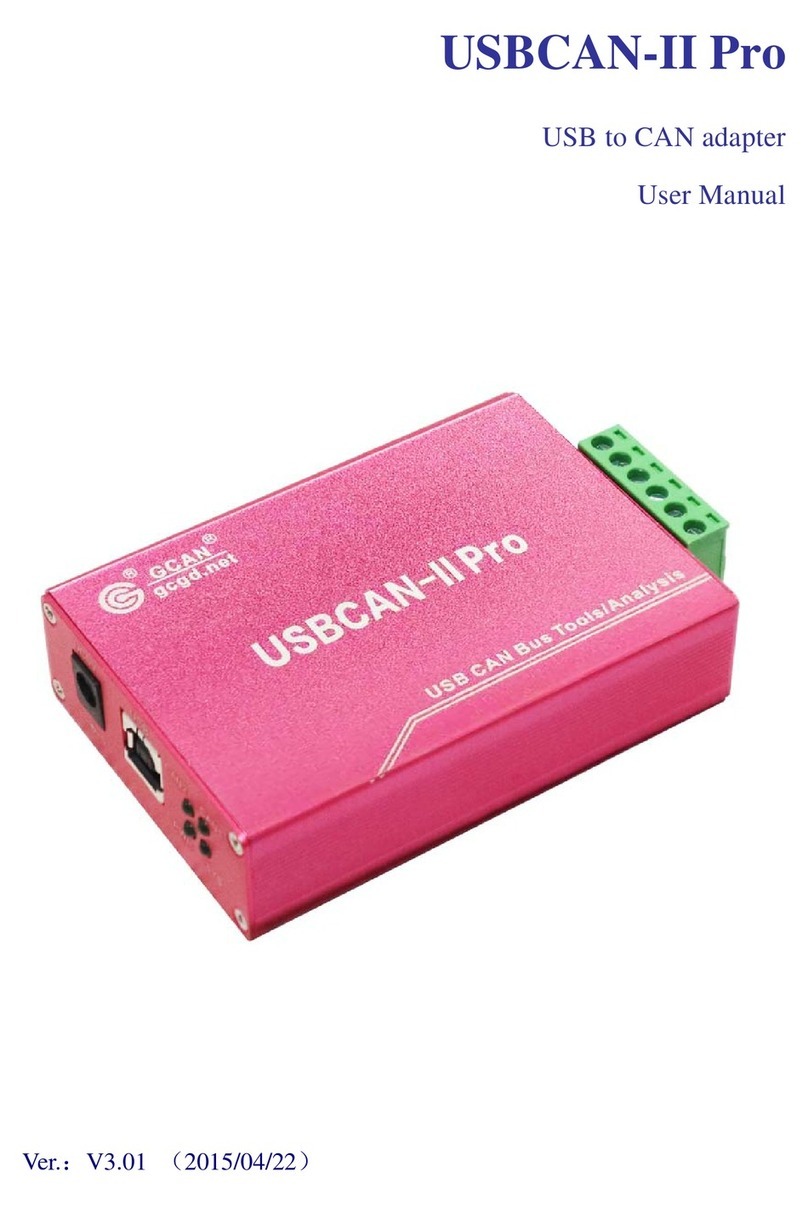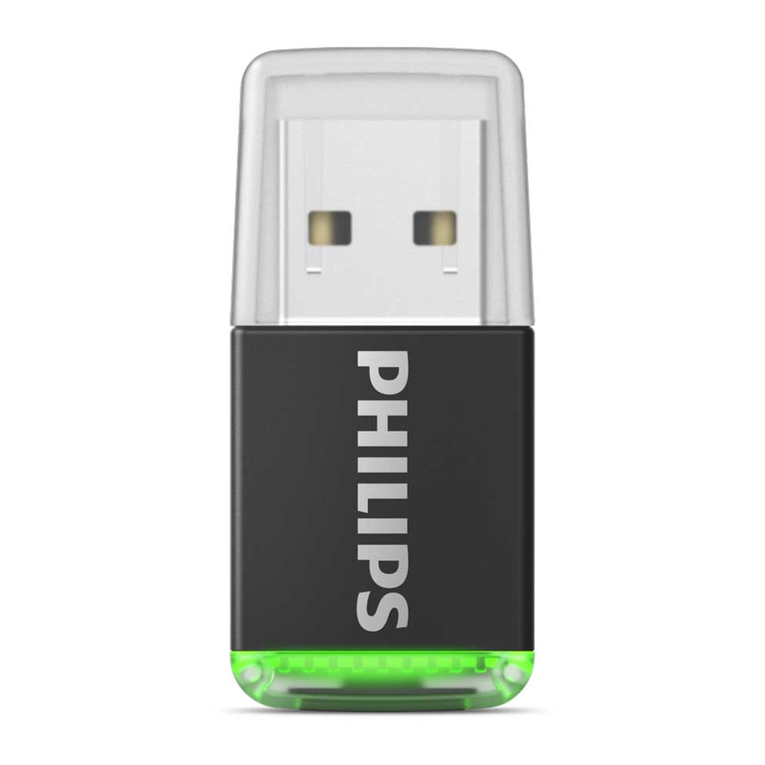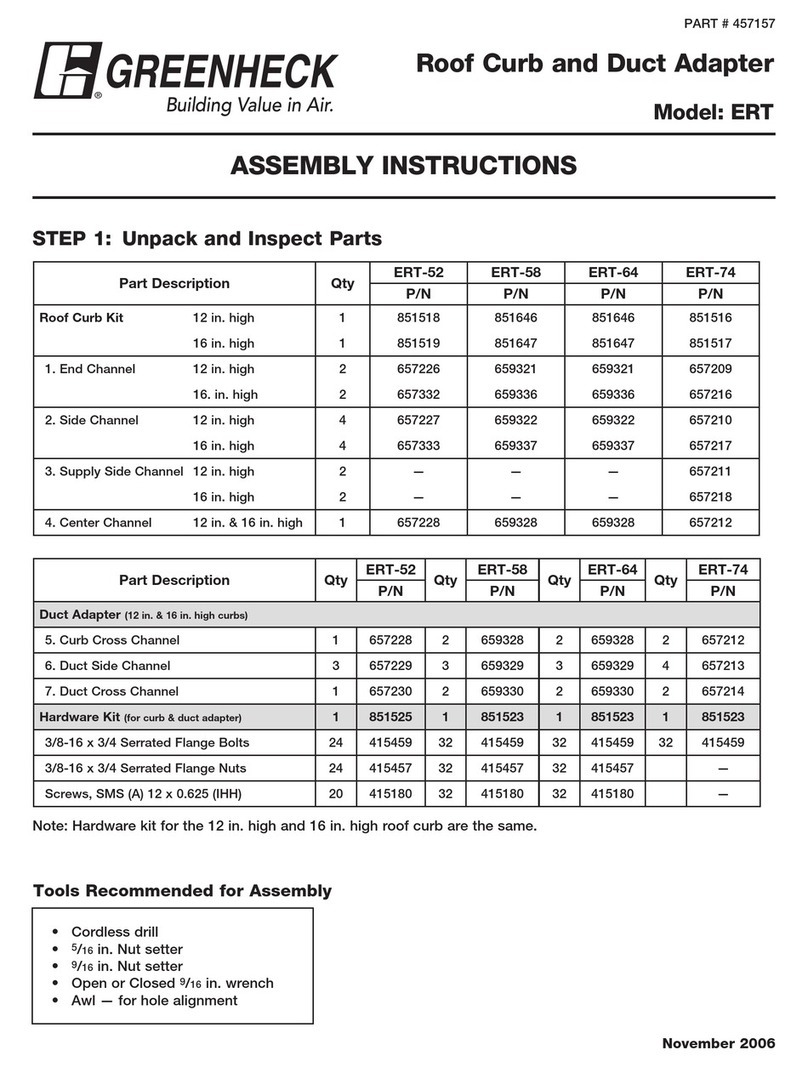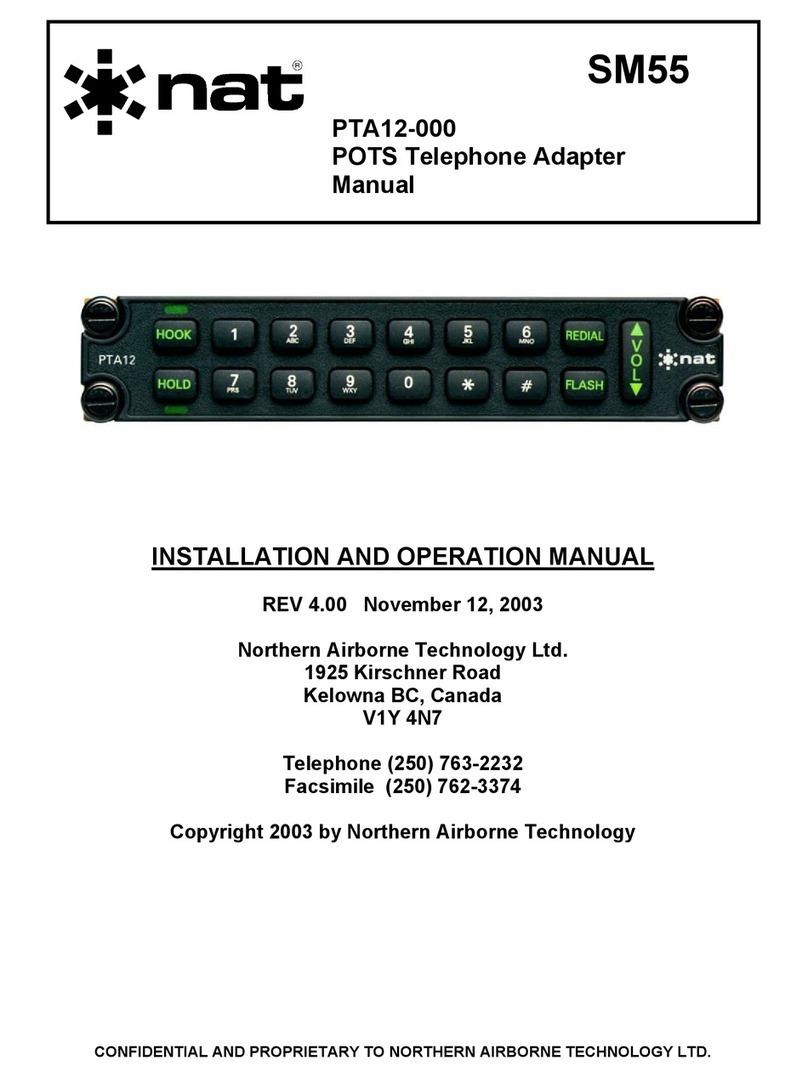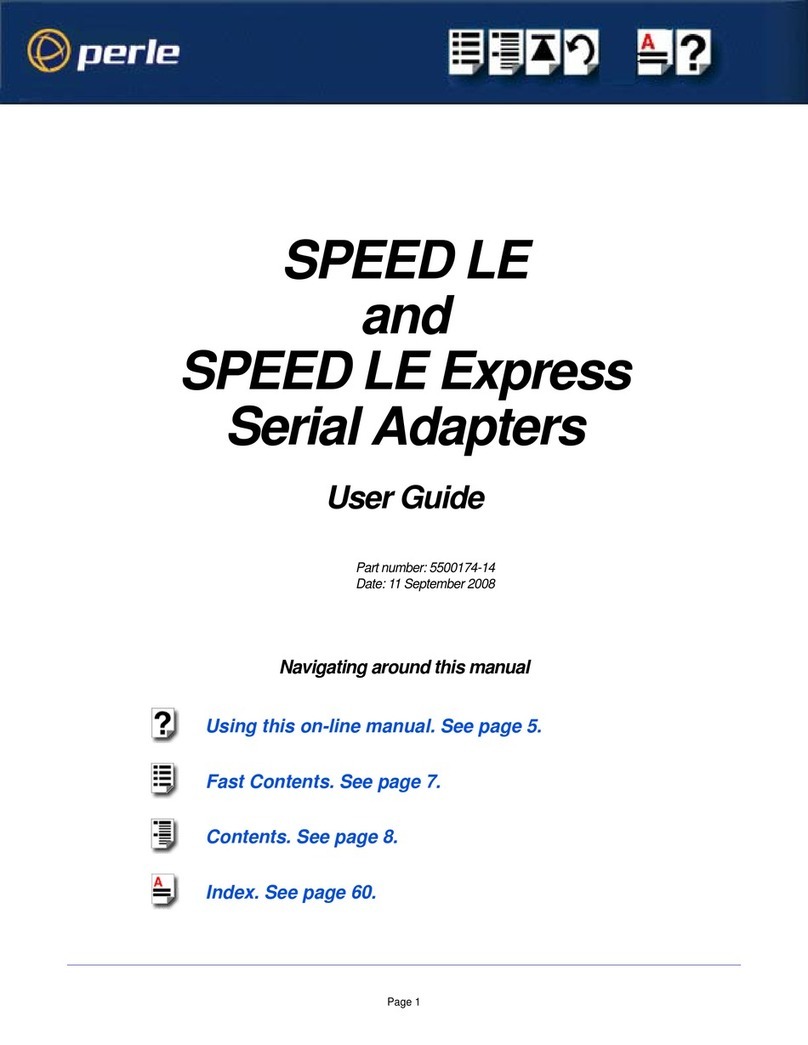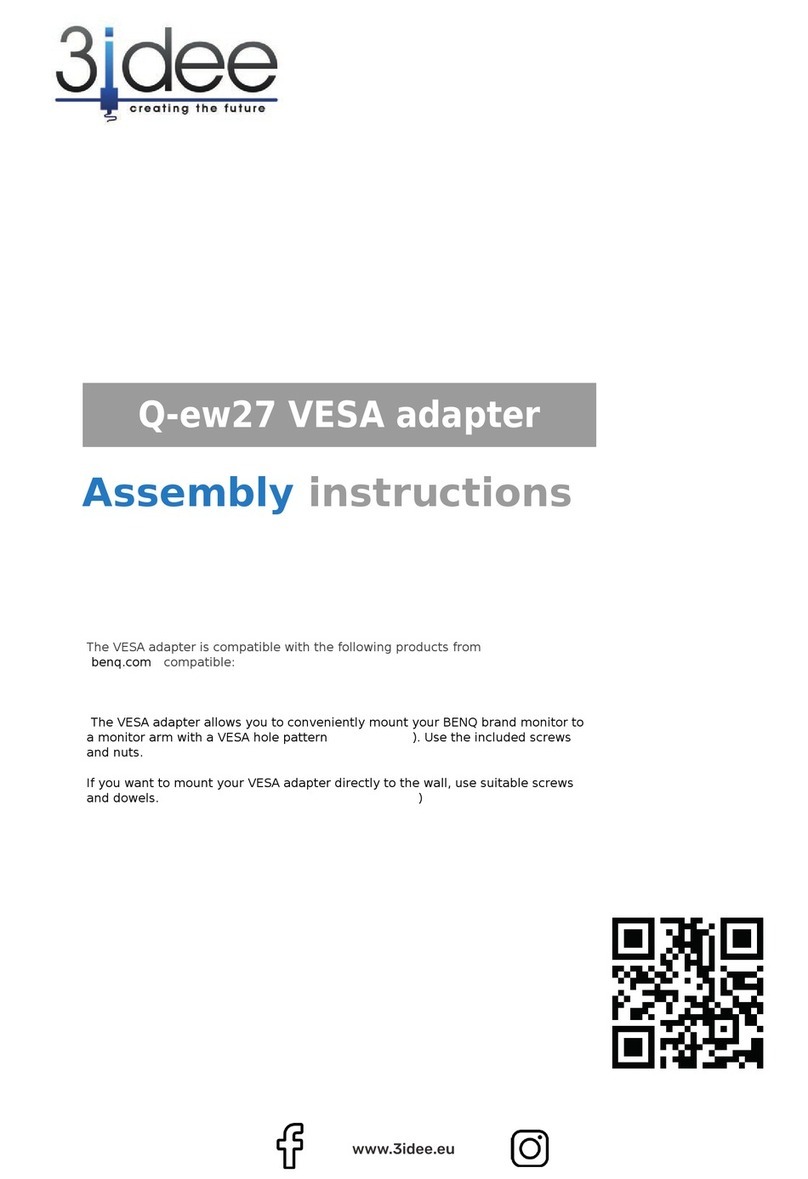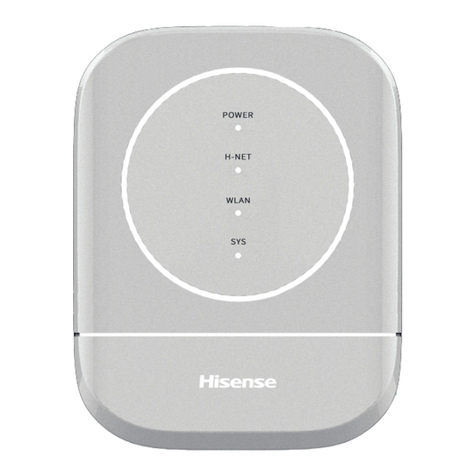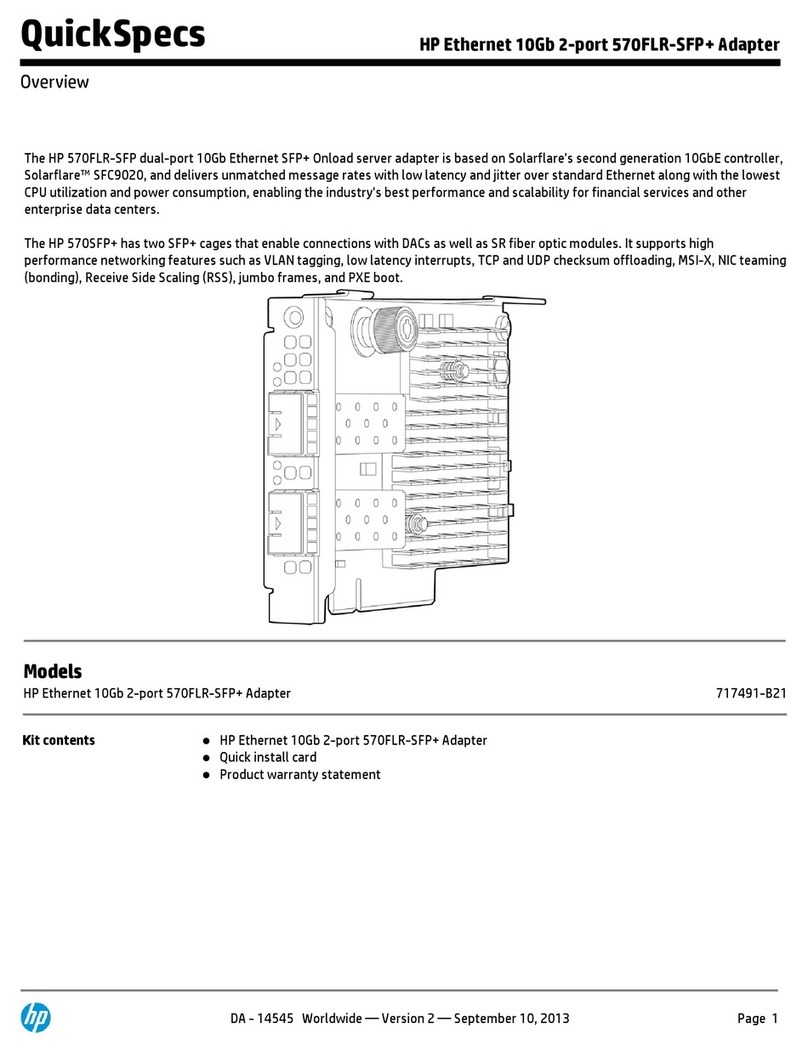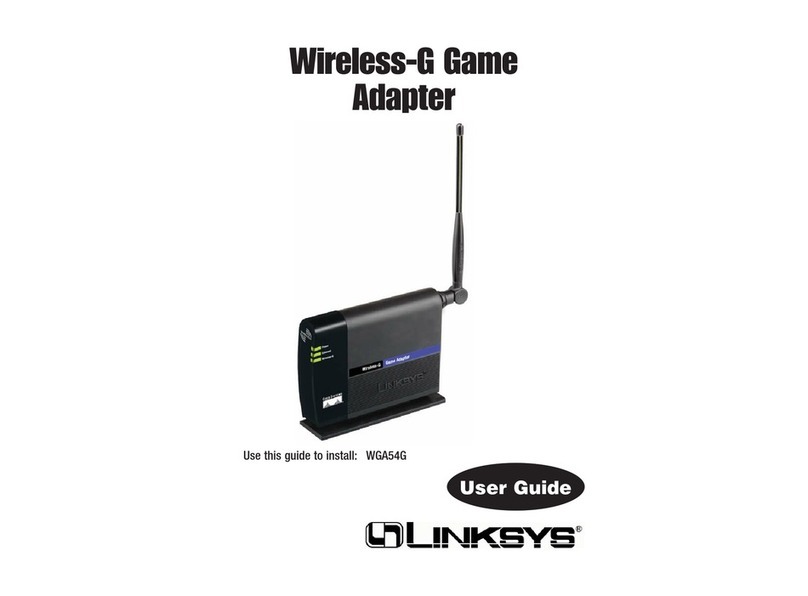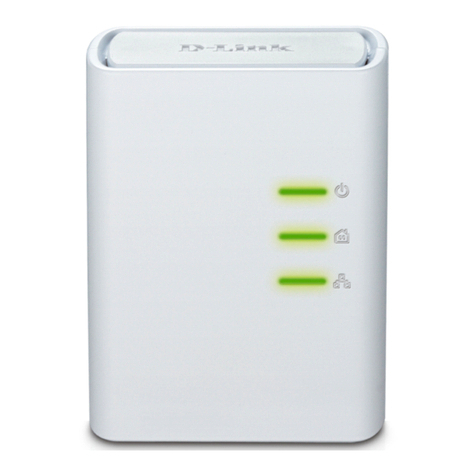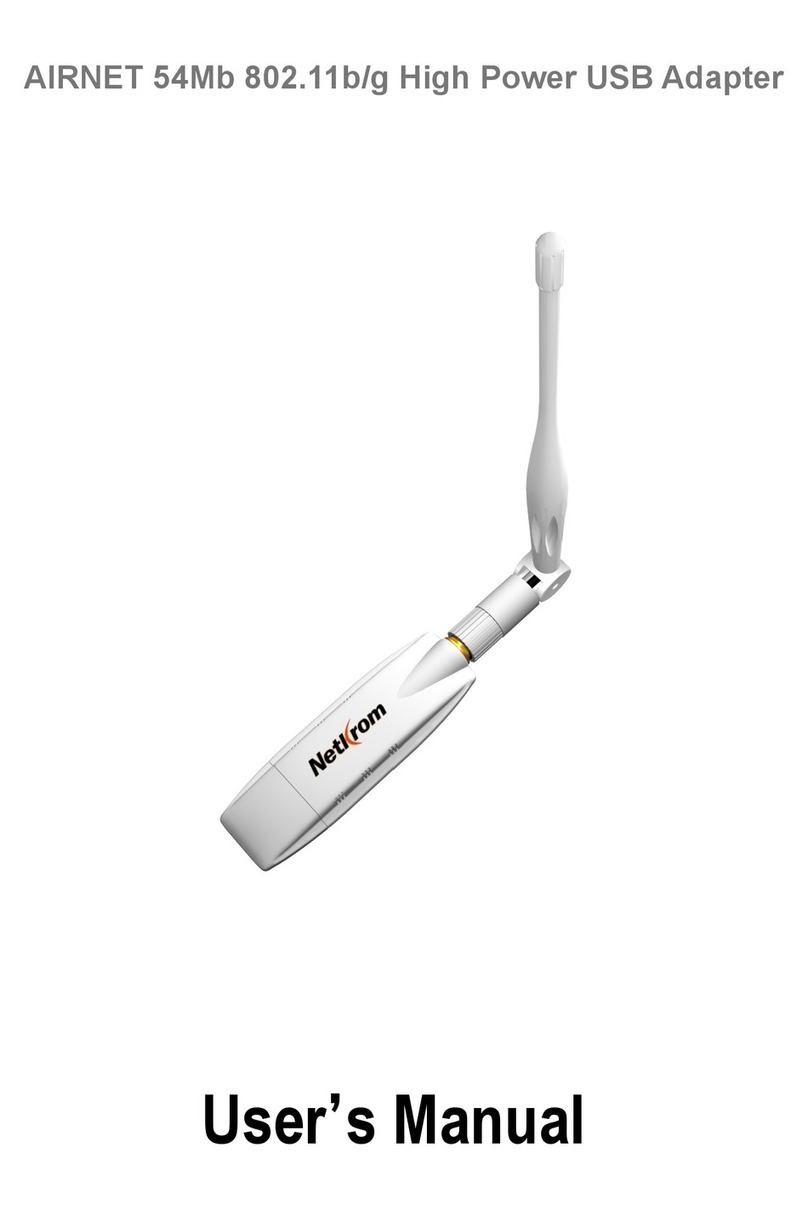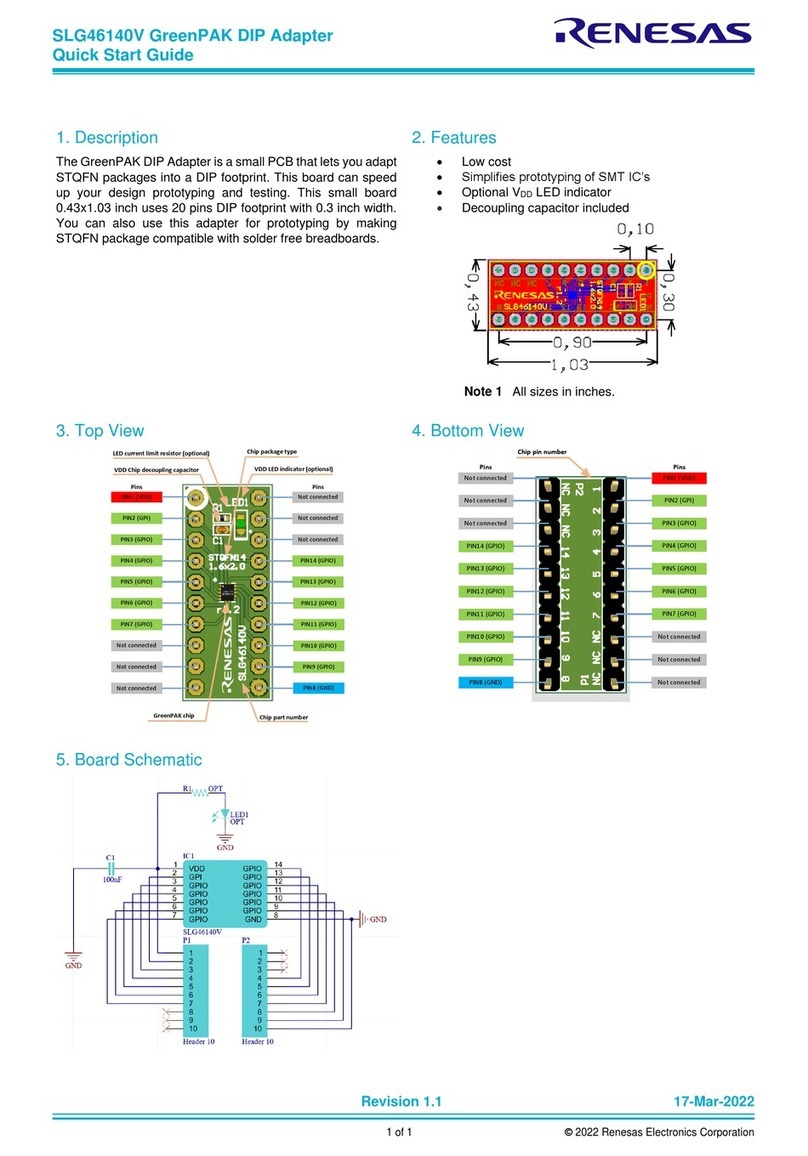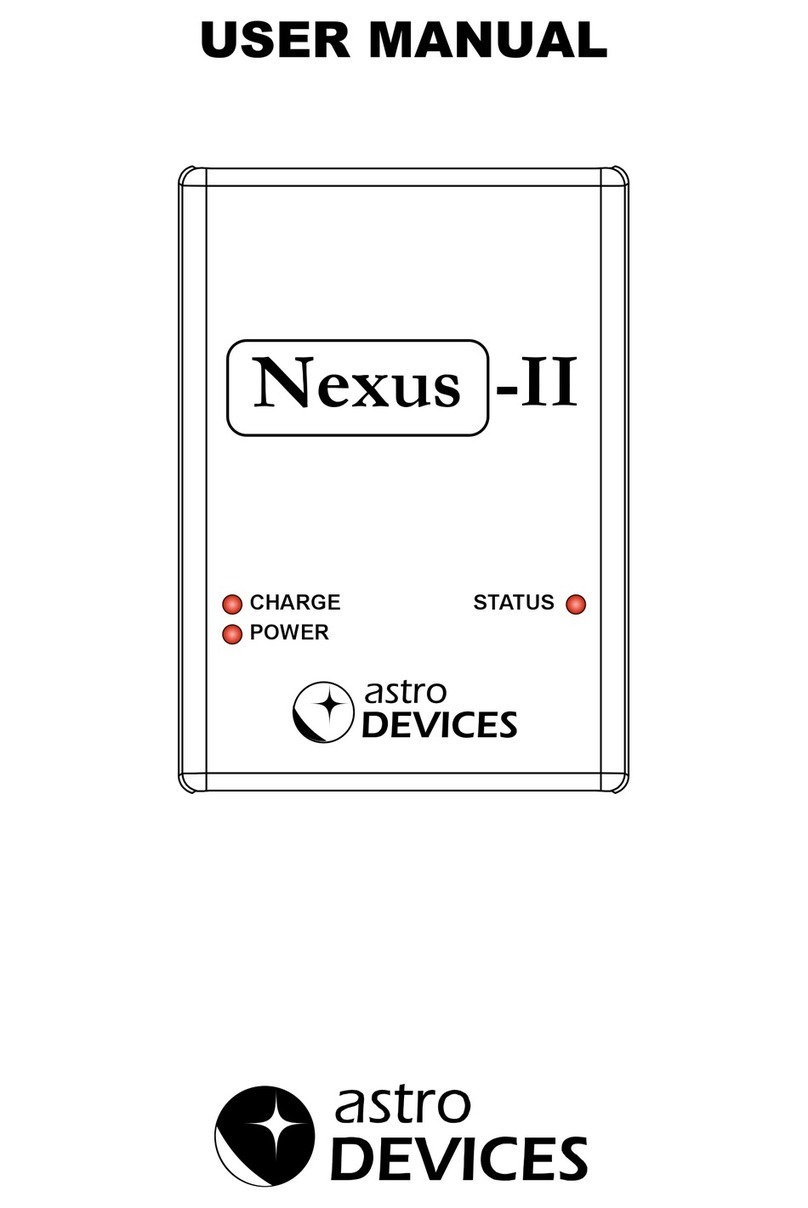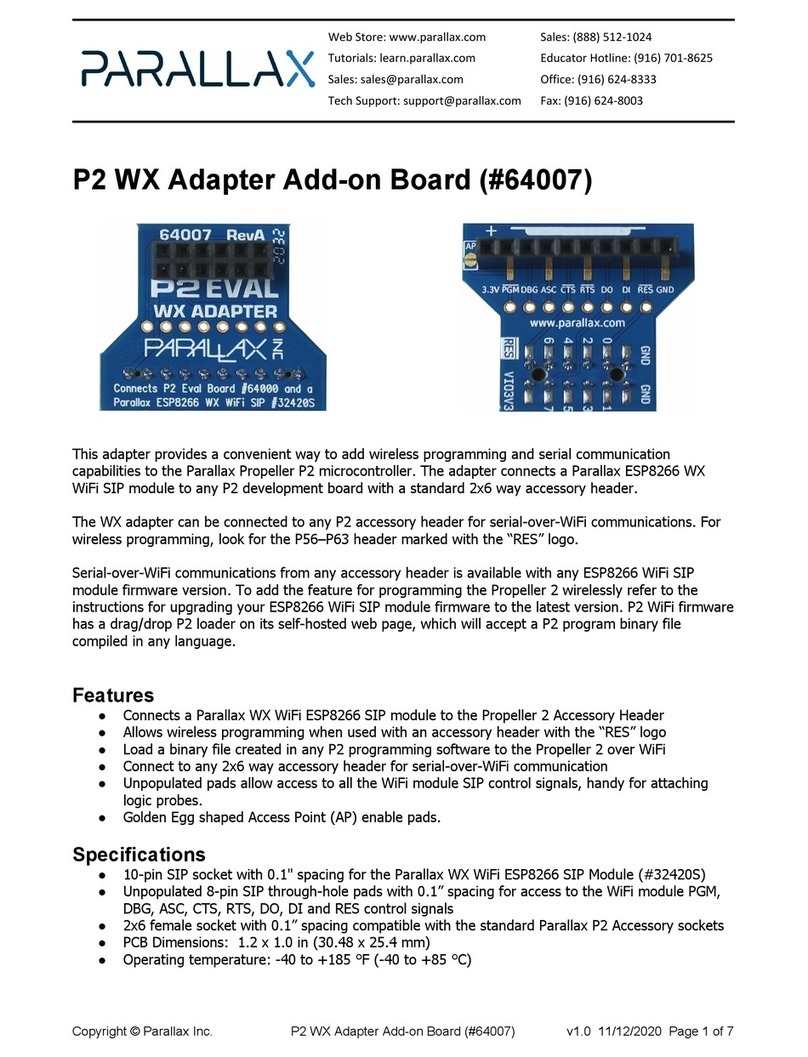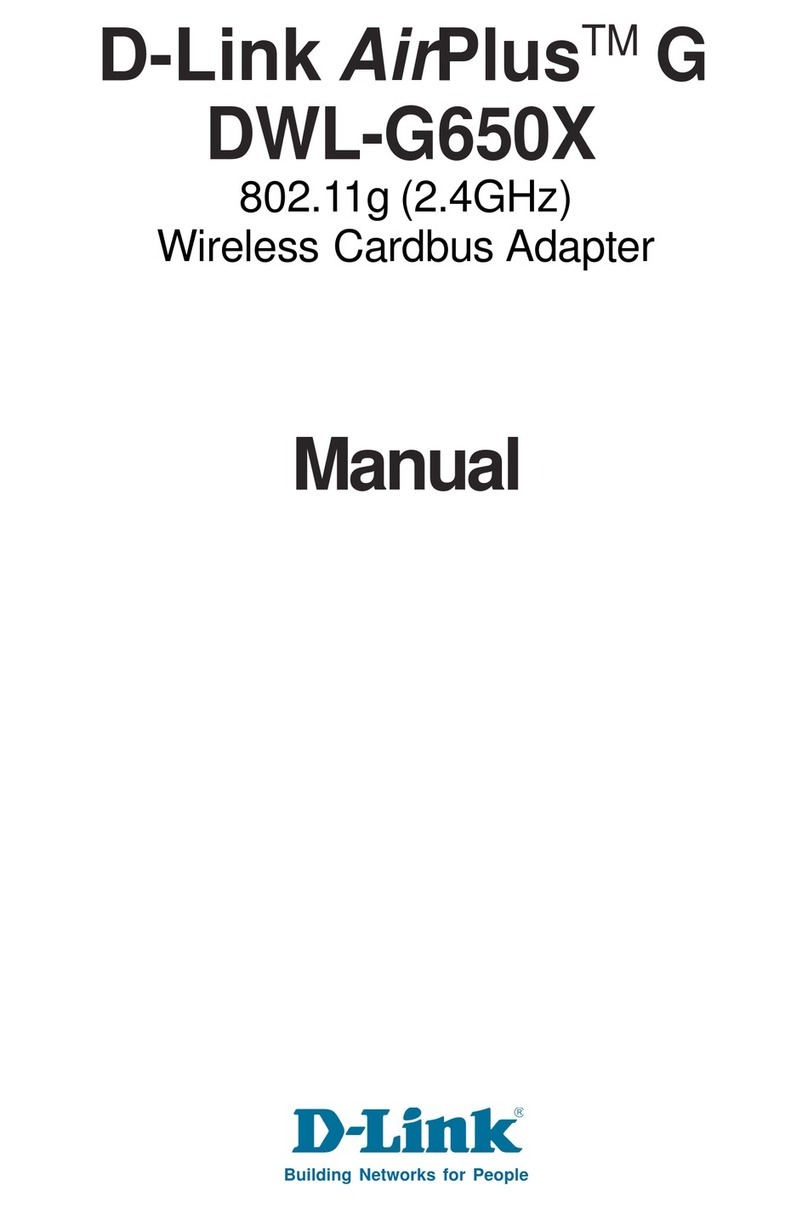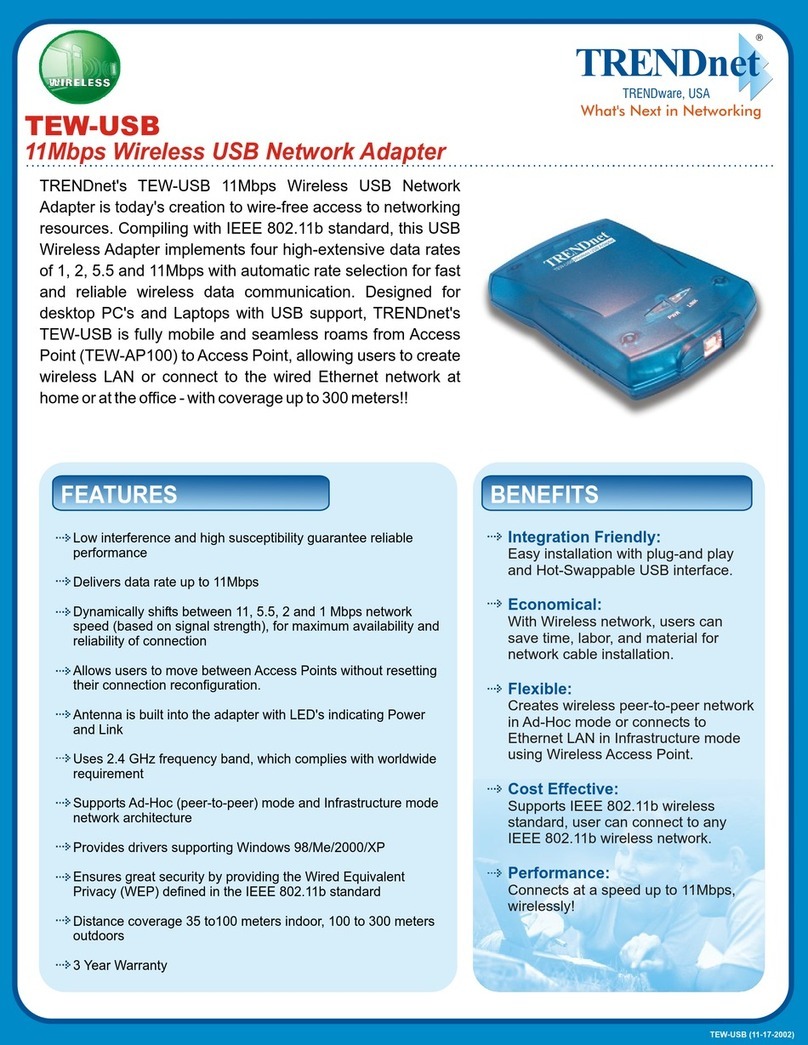GCAN USBCAN-OBD User manual

USBCAN-OBD
USB to CAN adapter
User Manual
Document version 3.01 (2015/04/22)

2
Shenyang Guangcheng Technology Co., Ltd. USBCAN-OBD
Product data sheet
Contents
1. Introduction................................................................................................................ 3
1.1 Functional Overview........................................................................................ 3
1.2 Properties at a Glance.......................................................................................3
1.3 Typical application........................................................................................... 3
2. Installation.................................................................................................................. 5
2.1 Driver and software installation....................................................................... 5
2.2 Connect to PC...................................................................................................5
2.3 Connect to CAN-Bus........................................................................................5
3. Adapter in use.............................................................................................................7
3.1 Connect to USB................................................................................................7
3.2 Connect to CAN............................................................................................... 7
3.3 CAN-Bus terminal resistance........................................................................... 8
3.4 System LED..................................................................................................... 8
4. ECANTools introduction......................................................................................... 10
4.1 Start................................................................................................................ 10
4.2 Transmit/Receive data.................................................................................... 11
4.3 CAN-Bus diagnosis function..........................................................................11
4.4 Auto data analysis...........................................................................................12
4.5 Statistics mode................................................................................................14
4.6 Other functions............................................................................................... 15
5. Secondary development............................................................................................16
6. Technical Specifications...........................................................................................17
Appendix: CAN2.0B frame format.............................................................................. 18
Sales and service...........................................................................................................20

3
Shenyang Guangcheng Technology Co., Ltd. USBCAN-OBD
Product data sheet
1 Introduction
1.1 Functional Overview
USBCAN-OBD adapter is a debug or analysis tool with one CAN-Bus channel. This
adapter is development for automobile use. Using this adapter, PC can quickly
connect to the automobile's CAN-Bus network through USB interface, and become a
intelligent node of CAN-Bus to transmit/receive CAN-Bus data.Adapter comes with
isolation, and can be used in different Windows systems. Device driver, software and
programming interfaces(VC, VB, .net, Delphi, Labview, C++Builder) exist for
different operating systems, so programs can easily access a connect with CAN bus.
1.2 Properties at a Glance
Adapter for USB connection (USB 2.0, compatible with USB 1.0,USB 3.0);
USB voltage supply;
Bit rates up to 1 Mbit/s Time stamp resolution 1μs;
Compliant with CAN specifications 2.0A (11-Bit ID) and 2.0B (29-Bit ID);
CAN-Bus connection via OBD-II;
NXP PCA82C251 CAN transceiver;
Support ECANTools software;
Galvanic isolation on the CAN connection up to 1500 V;
Extended operating temperature range from -40 to 85 °C;
Device driver and software support Windows XP/7/8/10;
Dimensions:(L)88mm * (W)43mm * (H)22mm, length of the wire is 1.5m.
1.3 Typical application
Test CAN-Bus network or device;
Automotive electronics development;
Automotive data decoding tool;
Electrical system communication test;

4
Shenyang Guangcheng Technology Co., Ltd. USBCAN-OBD
Product data sheet
Analysis of Vehicle Fault Diagnosis;
ECU data simulation;
Listen all CAN-Bus communication.

5
Shenyang Guangcheng Technology Co., Ltd. USBCAN-OBD
Product data sheet
2 Installation
This chapter describes how to connect the USBCAN adapter with a computer and the
precautions when connecting the USBCAN adapter with a computer for the first time.
2.1 Driver and software installation
Note: Before install the driver or software, please ensure that the user login windows
account is administrator, or the user account has to install the driver and software
related permissions, otherwise it may lead to the installation failed.
2.1.1 Install driver and software
ECANTools has been integrated hardware driver installation program, users can
directly install ECANTools.
If you only need to install the driver, please enter the “driver”folder, select the
installation file that corresponds to the system type. (“DriverSetup.exe”for 32-bit.
“DriverSetup64.exe”for 64-bit)
2.1.2 Uninstall driver and software
Users can run the DriverSetup.exe/DriverSetup64.exe and click "Uninstall" button to
uninstall the installed device driver.
2.2 Connect to PC
The adapter can be connected to a PC directly, if the USB power supply is insufficient,
you need to use external power supply.
2.2.1 USB power supply mode
USB power supply mode is suitable for the most applications, such as: when
USBCAN-OBD is the only device in USB port.
2.2.2 External power supply mode (only the USBCAN-II Pro support)
External power supply mode is suitable for the USB port using an USB HUB and
have already connect multiple USB device, this will lead to the adapter lack of
electricity supply.
2.3 Connect to CAN-Bus
USBCAN-OBD has one CAN-Bus by OBD-II port, this CAN-Bus channels can
connect to CAN-Bus network or devices. OBD-II pin definition as Table 2.1 below.

6
Shenyang Guangcheng Technology Co., Ltd. USBCAN-OBD
Product data sheet
Pin
Port
Name
Function
6
CAN
CAN_H
CAN_H signal line
14
CAN_L
CAN_L signal line
Others
NC
Not connect
Table 2.1 USBCAN-OBD adapter pin definition
Note: In practical use, most of the time just connected the CAN_H to CAN_H
and CAN_L connected to CAN_L then communication can be realized

7
Shenyang Guangcheng Technology Co., Ltd. USBCAN-OBD
Product data sheet
3 Adapter in use
3.1 Connect to USB
USBCAN-OBD adapter can compatibility to the USB2.0 full speed protocol
specification, compatible USB1.1 and USB3.0.
When driver and software have been installed, connect the adapter to the USB
interface, a new USBCAN device named "GC - Tech USBCAN Device" can be found
in the PC Device manager. If there is no “!”or ”?”mark that the device run fine.
3.2 Connect to CAN
USBCAN-OBD adapter connect to CAN-Bus as chapter 2.3, CAN_H to CAN_H,
CAN_L to CAN_L.
The CAN bus network adopts topological structure, only the two furthest terminal
need to connect 120Ωterminal resistance between CAN_H and CAN_L. For branch
connection, its length should not be more than 3m. CAN-bus nodes connection as
shown in figure 3.1
Figure 3.1 CAN-bus network
Note: the CAN-bus cable can use twisted-pair cable, shielded twisted-pair cable.
Theory of the maximum communication distance depends on the bus baud rate,
Their relationship as shown in the Table 3.1.
Baud rate
Distance
1 Mbit/s
40m
500 kbit/s
110m
250 kbit/s
240m
125 kbit/s
500m
50 kbit/s
1.3km

8
Shenyang Guangcheng Technology Co., Ltd. USBCAN-OBD
Product data sheet
20 kbit/s
3.3km
10 kbit/s
6.6km
5 kbit/s
13km
Table 3.1 relationship of baud rate and distance
3.3 CAN-Bus terminal resistance
In order to improve the communication reliability and eliminating CAN-bus terminal
reflection, the two furthest terminal need to connect terminal resistance between
CAN_H and CAN_L as shown in figure 3.2. Terminal resistance values determined
by the characteristic impedance of the cables. Such as, the characteristic impedance is
120Ω.
Figure 3.2 USBCAN-OBD connect to other CAN devices
Note: USBCAN-OBD adapter has integrated one 120Ωterminal resistance,
users can choose whether enable.
3.4 System LED
USBCAN-OBD adapter with one bi-colour PWR indicator to indicate the adapter
status. More functions are shown in table 3.2 and 3.3.
Indicator
Colour
State
SYS
Red/Green
Power, system and data
indicator
Table 3.2 USBCAN-OBD adapter indicator LED
When USBCAN-OBD adapter power on, the indicator will light, indicates the adapter
has power supply, the system is initialized; Otherwise, a system power failure or
system errors has exist.
When CAN-Bus data transceiver, the indicator will blinking.
Indicator
State
Meaning

9
Shenyang Guangcheng Technology Co., Ltd. USBCAN-OBD
Product data sheet
SYS
Red
Driver error
Green
Driver OK, ready to use
Slow blinking
Initialize OK
Fast blinking
CAN data transmission
Table 3.3 USBCAN-OBD adapter LED state

10
Shenyang Guangcheng Technology Co., Ltd. USBCAN-OBD
Product data sheet
4 ECANTools introduction
ECANTools software is a special debugging and analysis software for Windows
platform development. Using this software can directly and quickly carry out CAN
bus data send and receive. The software is very irritable to use and the extension is
very rich.
4.1 Start
1.If ECANTools has been installed, users can directly run it on the desktop.
2.Select the corresponding device type and click "open device". The CAN device plug
into a computer USB port can appear in the device list.
3.Choose work mode. Software provides three kinds of work mode: normal, listen,
loopback.
Normal: use this mode to transmit or receive data.
Listen: use this mode to receive data only, and don’t send response or clock.
Loopback: use this mode to test if the adapter is working well.

11
Shenyang Guangcheng Technology Co., Ltd. USBCAN-OBD
Product data sheet
4.Choose baud rate according to the CAN-bus, don’t match will lead to
communication failed.
If you don’t know the baud rate, you can use “automatic identification of baud
rate”function to adapt.
4.2 Transmit/Receive data
Transmitting and receiving is the basic function of ECANTools, in this interface,
users can directly see the received CAN data, and sent the data to CAN-bus.
4.3 CAN-Bus diagnosis function
CAN-Bus diagnosis function can detect the bus error frames and bus arbitration lost.
CAN bus status display: indicate the CAN bus status include: bus normal, passive
error, active error,bus hung.

12
Shenyang Guangcheng Technology Co., Ltd. USBCAN-OBD
Product data sheet
The CAN controller FIFO overflow: message within a certain period of time is too
dense, lead to data loss.
The CAN controller error alarm: when many of errors on the bus, error counter
exceeds the alarm threshold, and display the error count.
The CAN controller negative error: when many of sending or receiving errors, lead
to the CAN controller into the negative state, and display the error count.
CAN bus controller error: when nodes send or receive errors, error counter value
will be accumulated, and can catch the wrong information, such as ACK, CRC error
and so on.
4.4 Auto data analysis
The USBCAN-OBD can use the auto signal resolution function of ECANTools
software.
Using the device to access the automobile OBD interface can resolve the actual values
of the internal sensor of the car.
The signal resolution function only supports the ISO15765 agreement for domestic
gasoline vehicles.
Vehicle speed, engine RPM, water temperature can be displayed by software
dashboard.
The user can visually see the current real-time speed, speed and water temperature of
the car.
It is easy for users to check whether the automobile dashboard is accurate.

13
Shenyang Guangcheng Technology Co., Ltd. USBCAN-OBD
Product data sheet
USBCAN-OBD device can read, parse, and remove the fault code of the automobile.
Parsing ISO15765 the automobile sensor data specified in the agreement include:
engine speed, coolant temperature and vehicle speed, voltage, intake manifold
pressure, inlet temperature, air velocity, throttle position, oxygen sensor, fuel pressure,
voltage and so on. And the numerical changes of these data can be stored in the
computer in actual time.
In standard protocol,other data described can manually obtain its specific values
through the left input PID. Please see appendix 2 for the detailed data and PID
correspondence. The user can use this function to intuitively see the specific values of
some sensors in the automobile, and to diagnose the status of the vehicle sensors
based on these data. The user can also intuitively compare the variation rules of some
sensor values and multiple sensor values.

14
Shenyang Guangcheng Technology Co., Ltd. USBCAN-OBD
Product data sheet
The above data's variation can be shown by the curve in real time, as shown in the
figure below.v Users can select up to four variables simultaneous display in the same
interface. idle speed, torque, etc.
4.5 Statistics mode
When ECANTools receiving data, software can classify these data in ID, data, name,
format or type and counting the number of each data.

15
Shenyang Guangcheng Technology Co., Ltd. USBCAN-OBD
Product data sheet
This function is suitable for large data systems, engineers can easily observe and
analyze other data after same data is combined.
4.6 Other functions
Save data: save the receiving list, save format: txt, can, csv and binary.
Display mode: scroll mode and list mode, list mode can classified data together
according to the rules.
Filter settings: users can set multi-stage filtering by editing the filter ID.
Data mask: The same function as multi-filters, just do not want to see the data is
masked.
Error frames: error frames on the bus can be displayed / hidden.
If you want to know more about the software specific function and usage, please
see the “ECANTools software instructions”document.

16
Shenyang Guangcheng Technology Co., Ltd. USBCAN-OBD
Product data sheet
5 Secondary development
We will provide interface, example and library for secondary development customers.
Dll and library named: “ECANVCI.h”,“ECANVCI.lib”,“ECANVCI.dll”.
These libraries standards compliant, users can use these in VC, VB and some other
programming environment, to use these libraries, please see “ECAN dynamic library
manual”and Figure 5.1.
Figure 5.1 Secondary development function call process

17
Shenyang Guangcheng Technology Co., Ltd. USBCAN-OBD
Product data sheet
6 Technical Specifications
Connection
PC
USB, type A
CAN
OBD-II
Interface
USB
USB2.0 full speed, USB 1.1,USB 3.0
CAN
ISO 11898 standard, support CAN2.0A/B
CAN baud rate
5Kbit/s~1Mbit/s
Isolation
1500V, DC-DC
CAN terminal resister
Integrated, code switch to enable
Power
Voltage
+5V DC (USB port)
Current
200mA (Max)
Environment
Temperature
-40℃~+85℃
Humidness
15%~90%RH, without condensation
EMC test
EN 55024:2011-09
EN 55022:2011-12
IP grade
IP 20
Basic
Dimension
88mm *43mm *22mm, wire 1.5m.
Weight
100g

18
Shenyang Guangcheng Technology Co., Ltd. USBCAN-OBD
Product data sheet
Appendix: CAN2.0B frame format
CAN2.0B standard frame
CAN standard frame format is 11 bytes, including two parts: information and data.
The first 3 bytes for information.
Byte 1 for the frame information. Seventh (FF) means the frame format, in the
standard frame, FF = 0; Sixth (RTR) means the type of frame, RTR = 0 means for the
data frame, RTR = 1 for the remote frame; DLC means the length of the data.
Byte 2, 3 for the message identifier.
Bytes 4~11 for the data of the data frame, remote frame is invalid.

19
Shenyang Guangcheng Technology Co., Ltd. USBCAN-OBD
Product data sheet
CAN2.0B extended frame
CAN extended frame format is 13 bytes, including two parts: information and data.
The first 5 bytes for information.
Byte 1 for the frame information. Seventh (FF) means the frame format, in the
standard frame, FF = 0; Sixth (RTR) means the type of frame, RTR = 0 means for the
data frame, RTR = 1 for remote frame; DLC means the length of the data.
Byte 2~5 for the message identifier.
Bytes 4~11 for the data of the data frame, remote frame is invalid.

20
Shenyang Guangcheng Technology Co., Ltd. USBCAN-OBD
Product data sheet
Sales and service
Shenyang Guangcheng Technology Co., Ltd.
Address: Industrial Design Center, No. 42 Chongshan
Middle Road, Huanggu District, Shenyang
City, Liaoning Province.
QQ: 2881884588
E-mail: [email protected]
Tel: +86-24-31230060
Website: www1.gcanbox.com
Sales and service Tel: +86-18309815706
After - sales service telephone Number: +86-13840170070
WeChat Number:13840170070
Table of contents
Other GCAN Adapter manuals
